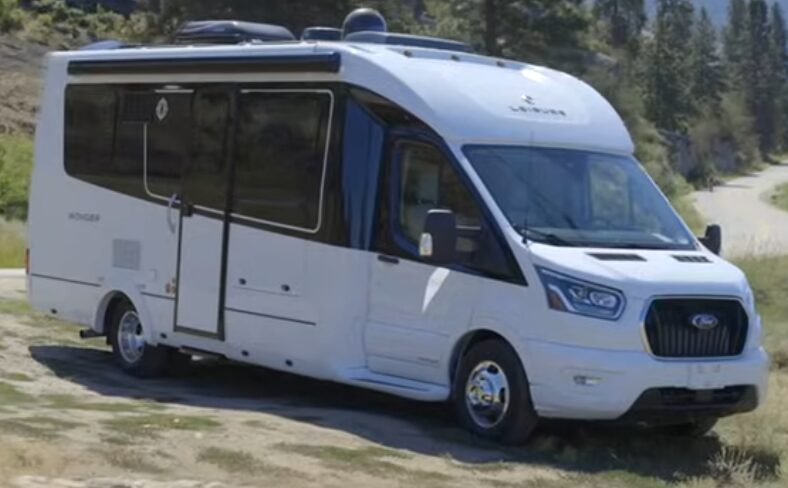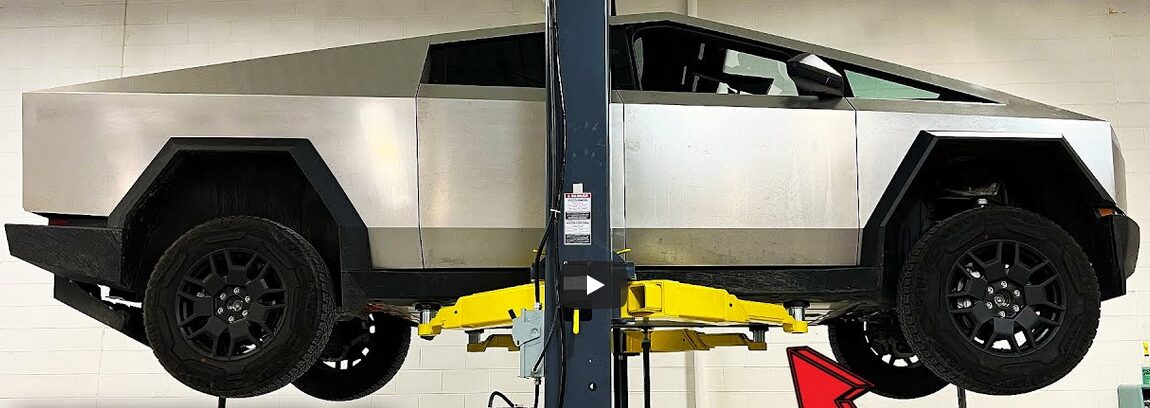When I was a kid we traveled across the US towing a Shasta trailer one summer. It was fun but lots of things have changed. For example, propane was the answer for cooking and even lighting and the refrigerator was actually an “ice box”. The question I want to answer is whether going all electric makes any sense.
Let me first address things that don’t make sense.
- Incinerator toilets — they generally don’t make sense anywhere but are seriously worse in an off-grid environment. The energy per flush they use is not sustainable. There are many alternatives that use little or no energy.
- Space heating — if you need space heating the only electric option that could make sense is a heat pump.
With those two exceptions, electricity can make sense. Let’s look at the solutions first, then how to get the needed energy.
- A compressor-type refrigerator can do the job with fairly low energy consumption. The issue here is the design. Generally, 12 volt units are much more efficient than a typical 120 volt home unit. Do your homework before buying one.
- An induction cooktop is small and efficient. While their power draw can be high if you select what you are going to cook the amount of time they need to operate can be fairly short.
- Much like the cooktop, a microwave is efficient and, generally, the amount of time it will be operating is short.
- While lighting will be used for a lot more time than a cooktop, modern LED lighting has very low power consumption.
- Power consumption for charging cellular phones and running a TV or laptop computer are fairly low.
- Hot water (dish washing and showers) will be high draw but for not much time.
- A water pump is fairly low draw for not much time.
What you need to do is computer an energy budget. That is, add up the power consumption multiplied by time in operator to get the total amount of energy needed. It is likely some of the loads will be 12 volts DC and some will be 120 volts AC.
Let me pick some example numbers so we have something to work with.
- 12 volts DC: 1000 watts per day, peak power: 500 watts
- 120 volts AC: 3000 watts per day, peak power: 5000 watts
That means you will need to produce 4000 watts per day to keep your batteries charged. You will also need an inverter (which converts DC to AC) capable of handling a 5000 watt load. Both these numbers are well within the capabilities you can install in your RV.
The most practical source of power is solar panels on the roof of the RV. What capacity you will need depends on where you are and the season. Where I live it is reasonable to assume a PV panel will generator about six times the peak panel output per day. For example, a 500 watt panel will generate about 3000 watts per day. In the above example, I would probably go with two 500 watt panels to have a buffer.
While some of your usage will be in full sun I would suggest having a battery capacity sufficient to cover a full day of power usage. If your battery system is 12 volts you would need 333 ampere hours of battery capacity. Relatively inexpensive lithium iron phosphate batteries are available in 100 ampere hour capacities and higher.
If you are seriously designing a system there are many other considerations. This article is designed to help you see if an “all electric” RV makes sense.



